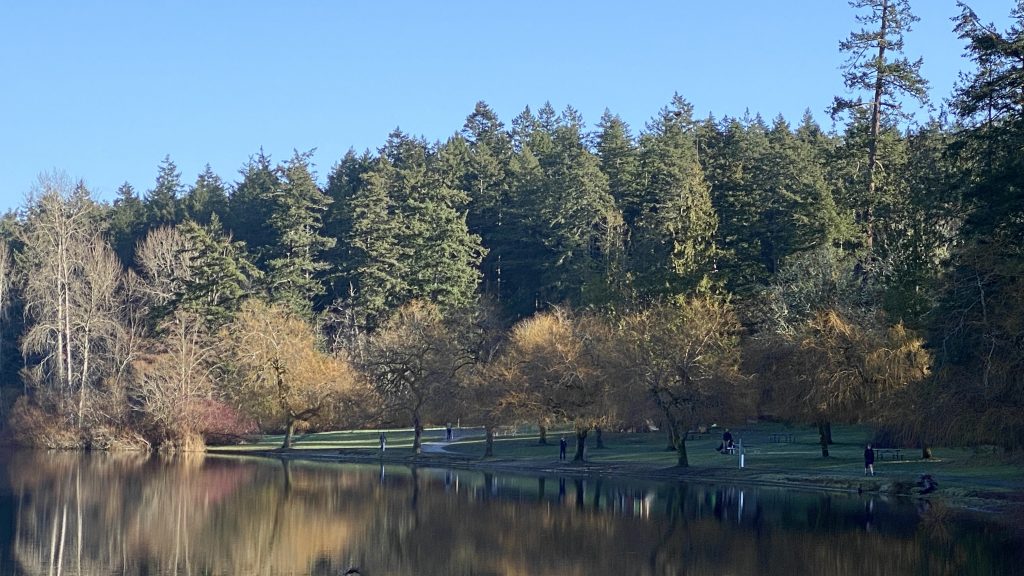
21 September 2021
To Saanich Mayor and Council
council@saanich.ca
The Victoria Natural History Society is a community organization that has supported those with an interest in
nature in our region since 1944, and we currently have approximately 750 members, many of whom are
residents of Saanich. Our organization has three main objectives:
• to stimulate an active interest in natural history,
• to study and protect flora and fauna and their habitats,
• to work with other societies and like bodies having interests in common with this Society.
We are writing at this time to provide our strong support to the Royal Oak Community Association, and the
Beaver Elk Environmental Stewards among others in their call to protect the biodiversity and to halt the loss of
natural space in the area where the Doral Forest Park development is proposed. These organizations have ably
outlined many of the critical issues at play on this property and adjacent to it. We will just highlight a couple
here.
There are multiple, very important reasons why development of this area has to be re–considered. The wetlands,
ponds and drainages are habitat for multiple federally listed species and provide passage for others. In addition,
there is no municipal requirement, plan or method to monitor the effectiveness of the stormwater management
system outlined in the Doral application. Saanich staff noted the aquifer could be affected by construction and
that “while risk appears low, water quality at Elk/Beaver Lake could be impacted.” Even a low risk is
unconscionable given the size and importance of these lakes to wildlife, fish and humans.
The area is part of the extremely rare Coastal Douglas–fir biogeoclimatic zone, of which less than 3% remains
across its original distribution and every part of it is critical. The forest that runs from Elk Lake Drive to Beaver
Beach contains many of the oldest trees and is the least impacted and largest section of relatively intact original
forest habitat in the park.
We share this region with more than 100 endangered species, including several that are listed under the federal
Species at Risk Act. It is with this collective and critical stewardship role in mind that we are writing today
about any additional loss of natural areas/greenspaces in Saanich and further impacts to existing greenspaces
through development.
Yes, high density housing is required, but not in an area of high biodiversity and habitat value particularly
adjacent to one of the most valued protected areas within the CRD.
Please reconsider rezoning and developing this land. Saanich “strives to live in harmony with each other and the
environment. We aim to further our citizens’ economic, physical and social well–being.” This development will
not further these goals.
Sincerely,
Philip Lambert
President
Victoria Natural History Society
president@vicnhs.bc.ca

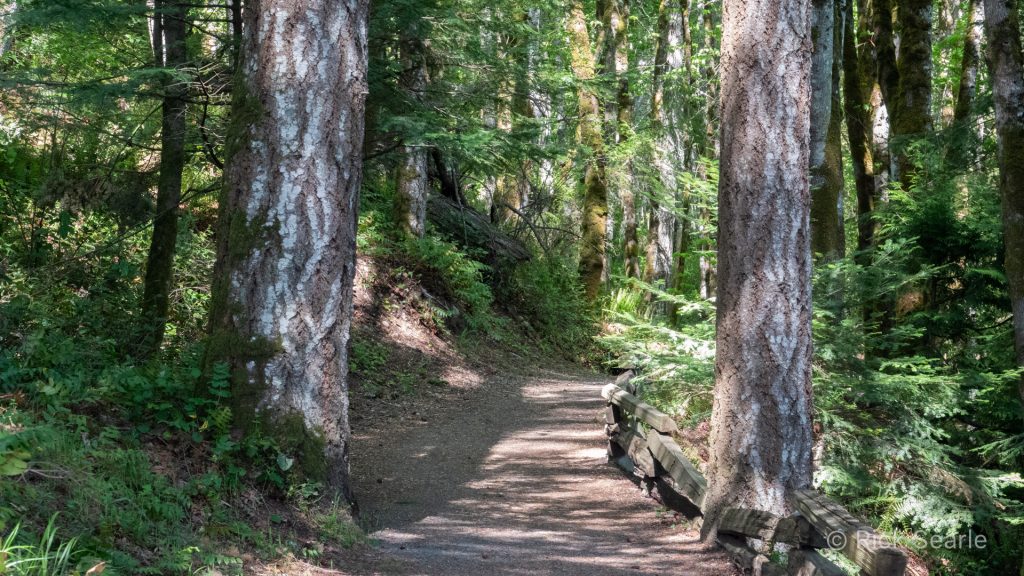 19 Sept
19 Sept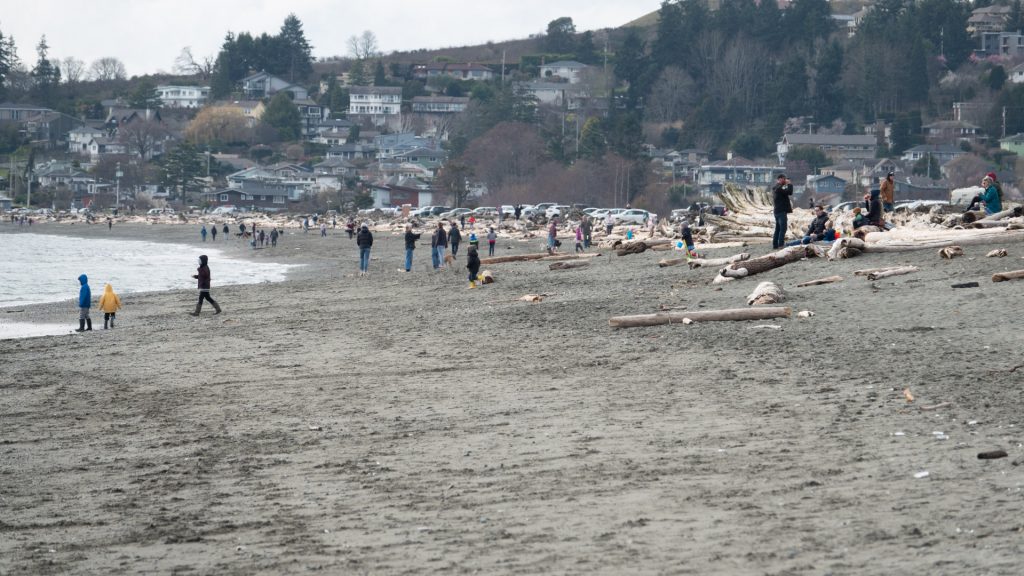
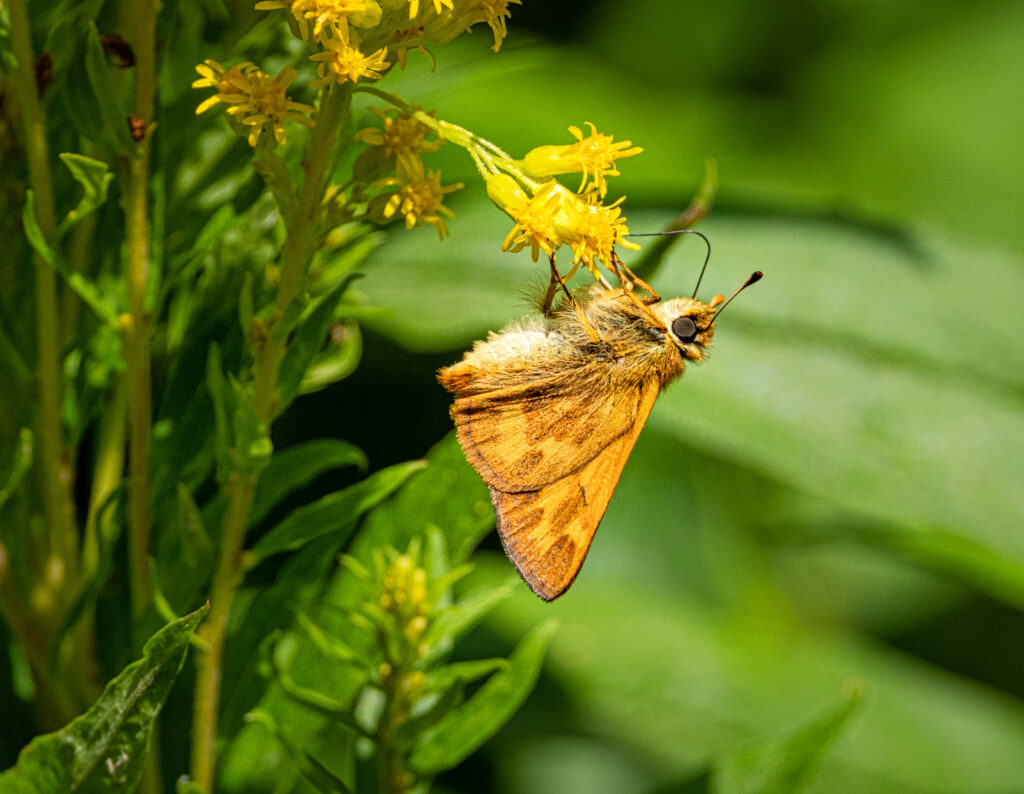
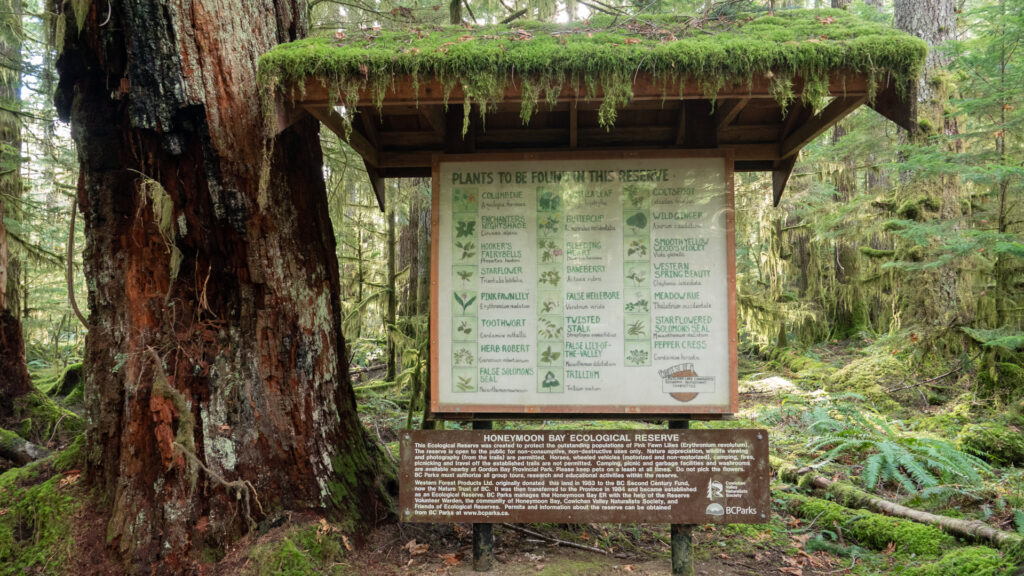 Submitted by Philip Lambert,
Submitted by Philip Lambert,